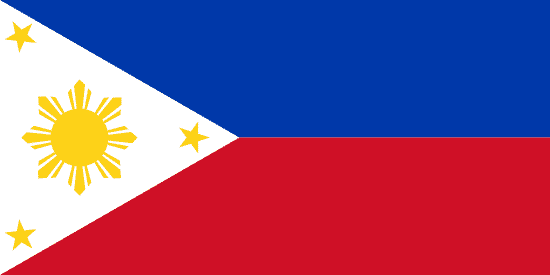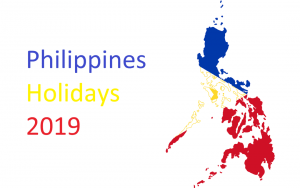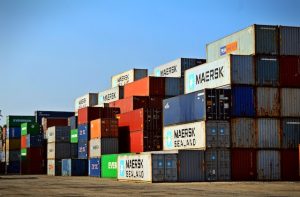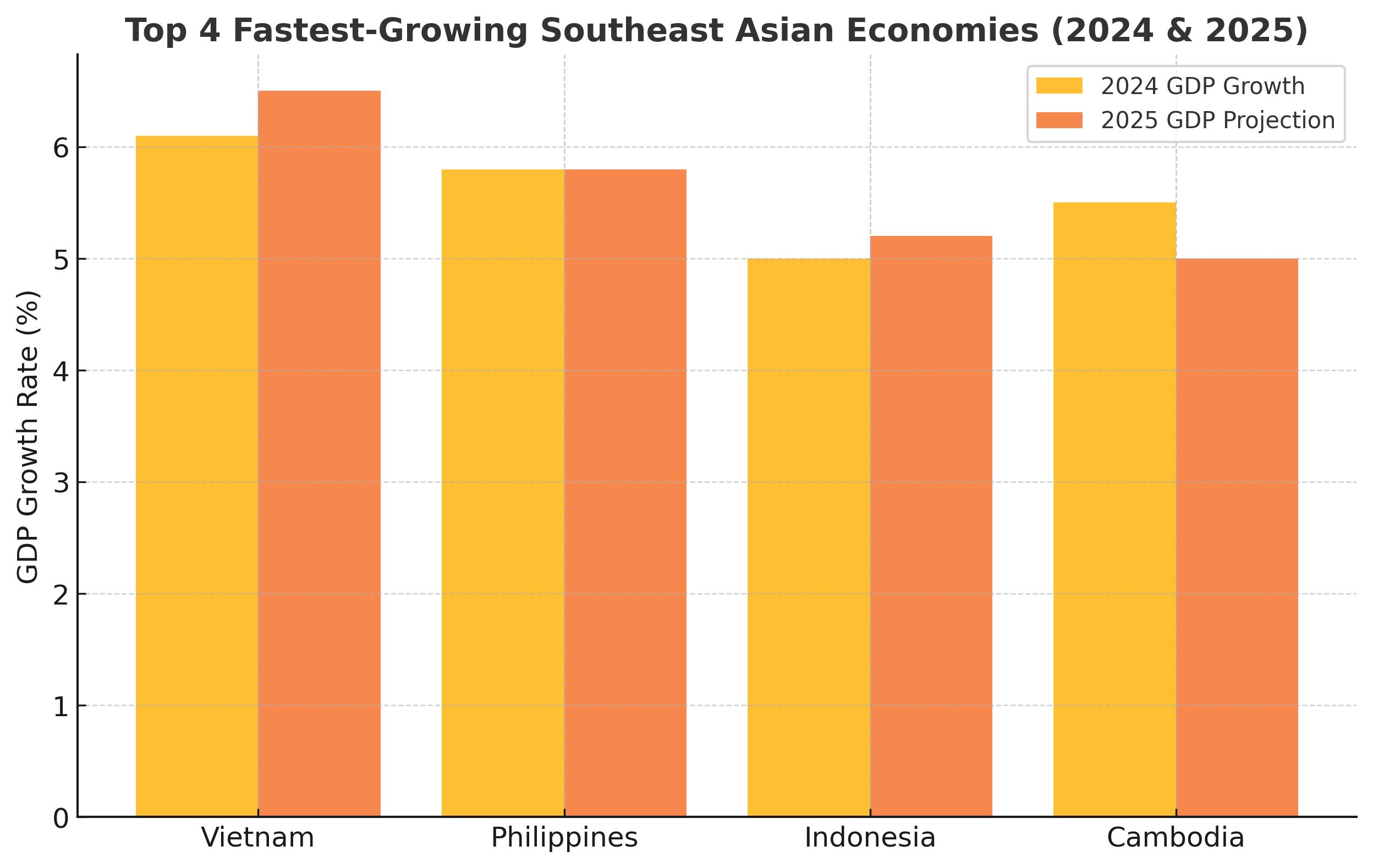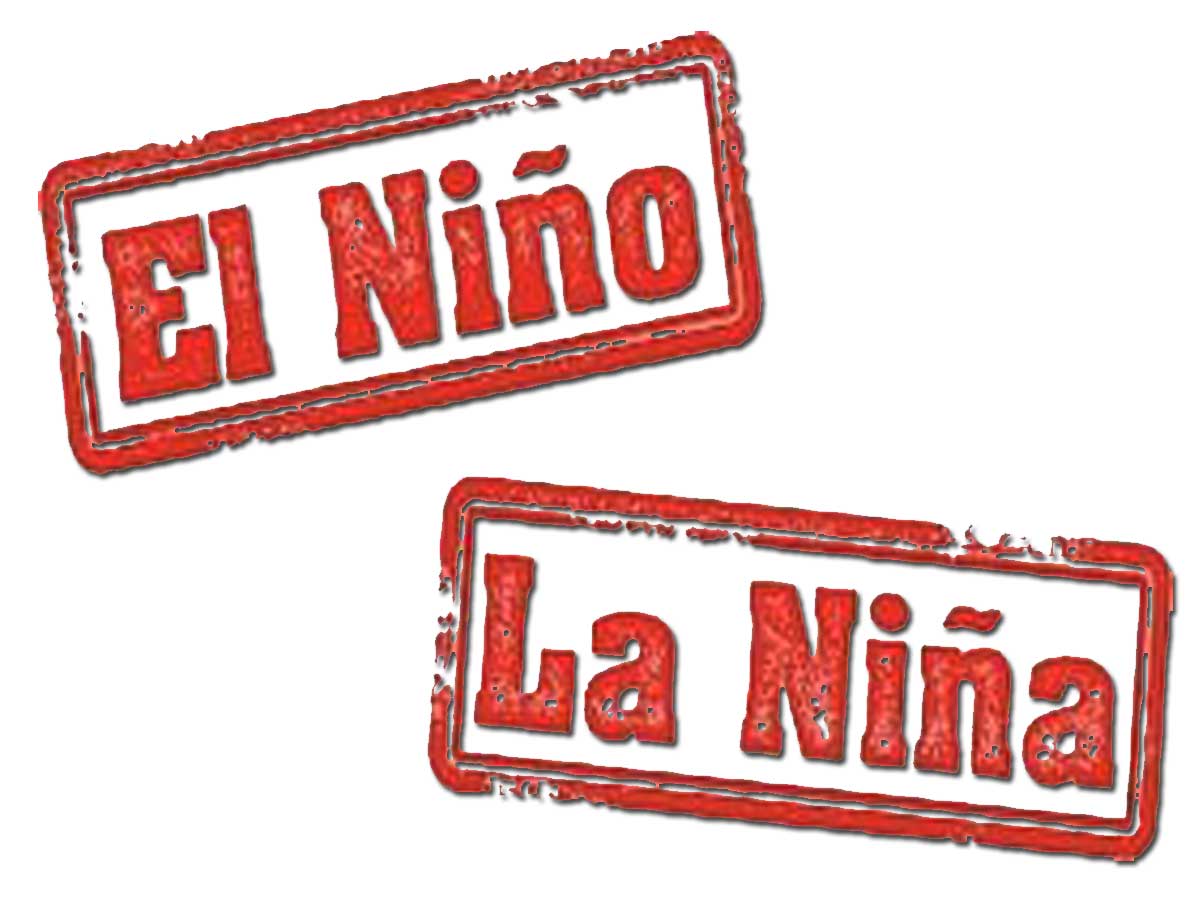
Philippines’ weather phenomenon
El Niño and La Niña
In 2015, it was officially announced that the Philippines is going to be greatly affected by two phenomenons brought about by climate change: El Niño and La Niña. PAGASA, the Philippine weather bureau, said that we are now seeing the end of El Niño and there’s a growing chance (about 50%) that La Niña will start developing before 2016 ends. The potential impact of this, the bureau says, is we’ll be seeing “near-normal to above normal” rainfall starting September.
What is El Niño and La Niña?
El Niño and La Niña are weather phenomenons influenced by global warming causing the ocean surface temperature to increase or decrease,especially in the eastern part of the Pacific Ocean. These phenomenons occur every 2 to 7 years and can bring heavy rains or the opposite, no rains at all which lead to drought. They heavily affect farming, water and power supply, and in turn the economy.
Drought and Heavy Rains to Come
This season’s El Niño and La Niñawill bringdrought in most parts of the Philippines and heavy rains and storms in some parts. Keep in mind that there are a lot of areas in the Philippines, especially in Manila, that get flooded when there is a huge amount of rainfall in the area. For real-time updates on flooded areas, you can go to this website www.nababaha.com, so you can plan your road trips and find the best routes during rainy and stormy days.
Water, Food, and Power Shortage
The Philippines has been hit with these phenomenons numerous times, but the worst one was in 1997. This year’s El Niño is said to be weaker than that of 1997’s but it will still have a significant effect on the country. Lack of rainfall in agricultural areas will cause drought, therefore greatly affecting the supply of food and water.
“Drought occurs if the rainfall amount falls below normal in 3 consecutive months,” according to experts. Because of reduced rainfall, there is going to be water shortage and areas where electricity is supplied by hydropower plants are going to have power shortage. In turn, this will cause food shortage as agriculture depends on water and electricity.
Stronger Storms this Rainy Season
Warm ocean temperatures brought about by El Niño phenomenon can cause more typhoons to be formed in the Pacific Ocean. This could cause a 12 – 15% increase in the number of storms that fall on the Philippines.
This means that storms much like Haiyan, locally called Yolanda, can affect the Philippines yet again. According to news, there were more than10,000 recorded deaths in the province of Leyte and left hundreds of thousands of people homeless when typhoon Haiyan hit the country.
How to Prepare for a Typhoon
In order to ensure your safety and comfort during this coming La Niña season, here are some tips for you so that you’ll know what to do in case of typhoon and flooding in your area:
Don’t go out unless you really need to. Children should not be allowed to play in the rain or in the floodwaters to prevent them from getting leptospirosis or other waterborne diseases.
If you’re outside, be waryof flying objects and debris.
Refrain from using gas or electrical appliances in areas that are flooded.
To make sure that the water is potable, boil the water for more than 3 minutes.
Stay away from areas that are landslide-prone. Stay away from riverbanks and beaches.
If you need to evacuate, turn off your house’s main power switch and put your appliances in higher areas of your house. Close your windows before you leave.
Always wear dry and warm clothing.
Dispose of waste properly.
Always keep your hands clean and wash them before and after meals and using the toilet.
Steer clear of hanging wires and shaky structures like damaged houses and bridges.
Follow these tips to keep you safe during a storm and flooding These tips will help you get through the El Niño and La Niña seasons in the Philippines safe and sound.

